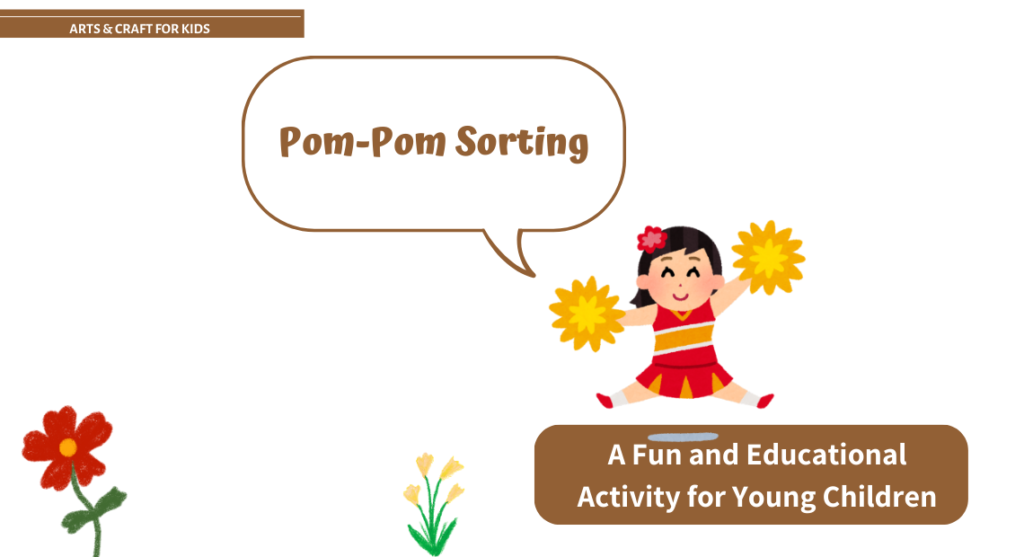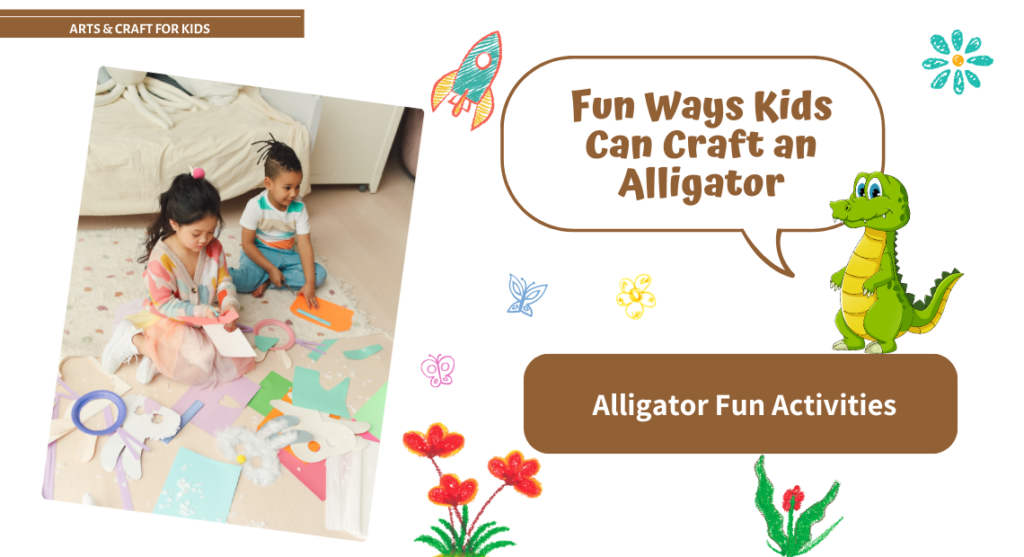Pom-pom sorting is a simple, yet highly engaging activity for young children, especially those between the ages of 3 and 5. It offers a hands-on learning experience that combines play and education in a way that’s fun and interactive. Sorting pom-poms helps young children develop critical skills such as fine motor control, color recognition, categorization, and pattern-making. It’s an excellent activity for both home and classroom settings and requires only a few basic materials, making it easy to set up and implement.
In this article, we’ll explore the many benefits of pom-pom sorting, provide step-by-step instructions on how to do it, and share creative variations that will keep children entertained while they learn.
Why Pom-Pom Sorting is Beneficial for Young Children
Sorting activities like pom-pom sorting may seem simple at first, but they provide a wide range of developmental benefits for young children:
1. Color Recognition and Classification
- Sorting pom-poms by color helps children recognize and categorize different hues.
- This is an essential early skill for building visual discrimination and enhancing color vocabulary.
2. Fine Motor Skills
- Manipulating pom-poms with small tools such as tweezers or fingers helps children develop fine motor skills.
- These skills are critical for everyday tasks like writing, dressing, and feeding themselves.
3. Pattern Recognition
- Pom-pom sorting is an excellent introduction to patterns.
- Children can sort pom-poms by color, size, or texture to create patterns, which helps with cognitive development and early math skills.
4. Concentration and Focus
- Pom-pom sorting requires children to focus on the task at hand, helping them improve their attention span and ability to concentrate.
5. Language Skills
- As children sort pom-poms, they may begin to express ideas and thoughts related to their choices, fostering language development.
- They may talk about the colors they are sorting, the tools they are using, or the categories they are creating.
6. Problem-Solving and Critical Thinking
- Sorting requires children to think critically and make decisions, which helps develop problem-solving skills.
- Whether they’re deciding how to categorize different colors or counting how many pom-poms are in each group, the activity stimulates their cognitive thinking.
Materials Needed for Pom-Pom Sorting
Pom-pom sorting is very simple to set up and requires only a few materials:
- Pom-poms: These come in a wide variety of colors, sizes, and textures. You can find them at craft stores or online. You might want to get a variety of colors to make the activity more interesting.
- Sorting Containers: Small bowls, trays, or baskets can be used to separate the pom-poms into categories.
- Tongs, Tweezers, or Scoops (Optional): Using small tools like these adds an extra challenge and helps children develop fine motor skills.
- Paper or Markers (Optional): To create labels for sorting categories (e.g., “red,” “yellow,” “small,” “large”).
- A Timer (Optional): For a timed sorting activity that adds a bit of excitement.
Step-by-Step Guide: How to Do Pom-Pom Sorting
Step 1: Prepare the Pom-Poms and Containers
Gather a variety of pom-poms in different colors, sizes, or textures. Set out small containers, bowls, or trays to sort the pom-poms into. If you want to add an educational twist, label each container with a color or category, or use markers to draw pictures of things that correspond to the pom-pom categories (like a rainbow for color sorting).
Step 2: Introduce the Activity
Show your child the different types of pom-poms and explain what they will be doing. For instance, you can say, “We are going to sort the pom-poms by color! Let’s put all the red ones in this bowl and all the blue ones in this one.”
Step 3: Start Sorting
Give the child a pile of mixed pom-poms and let them begin sorting. Depending on their age and developmental level, they can sort by color, size, or texture. If they are still learning, you can offer guidance as they work.
Encourage them to use their fingers to pick up the pom-poms, but if they’re ready for a challenge, introduce a pair of tweezers or tongs. This adds an element of fine motor practice as they pick up the pom-poms one by one and place them in the correct containers.
Step 4: Create Patterns (Optional)
Once the sorting is done, challenge your child to create a pattern using the sorted pom-poms. For example, they could line up red, blue, red, blue, or create more complex patterns with multiple colors. This helps develop their understanding of sequences and symmetry.
Step 5: Extend the Activity
For older children, extend the activity by introducing more complex sorting tasks. You could have them sort by texture (soft vs. bumpy), size (small, medium, large), or even by weight (heavy vs. light) if you have different types of pom-poms.
Creative Variations of Pom-Pom Sorting
Pom-pom sorting can be made even more exciting and challenging with a few variations. Here are some ideas to keep things fresh:
Sorting by Texture
- Add pom-poms with different textures—some soft, some bumpy, some smooth—and have the child sort them based on feel. This sensory activity is a great way for children to develop sensory awareness and tactile learning.
Counting and Sorting
- Have children count how many pom-poms are in each category after sorting them. This helps them practice early mathematical skills, such as counting, number recognition, and one-to-one correspondence.
Pom-Pom Sorting for Themes
Use pom-pom sorting to introduce themes like animals, seasons, or holidays. For example:
- Fall-themed Sorting: Sort orange, yellow, and brown pom-poms as “fall leaves.”
- Ocean-themed Sorting: Use different shades of blue for water, and green and brown for seaweed or coral.
- Halloween Sorting: Sort black pom-poms as “bats” and orange ones as “pumpkins.”
Pom-Pom Sorting with a Timer
- For a bit of excitement, set a timer and challenge the child to sort all the pom-poms within a certain amount of time. This variation introduces a fun, competitive element while also keeping children engaged.
Pom-Pom Sorting with a Sorting Chart
- Create a chart with columns or rows where children can place the pom-poms in the correct category. You can even introduce a “sorting game” where they must race to get all of the pom-poms into the correct spots as quickly as possible.
Pom-Pom Sorting with a Story
- Combine sorting with storytelling. For example, you can tell a story about different characters (a red apple, a blue fish, a green frog) and ask the child to sort the pom-poms based on the colors in the story. This adds a language component and stimulates the child’s imagination.
Pom-pom sorting is a versatile and engaging activity that helps young children develop a variety of important skills, from fine motor abilities to cognitive development. The simplicity of the task, paired with its endless creative possibilities, makes it an excellent educational tool for early learners. Whether you’re sorting by color, size, or texture, or creating fun patterns and themes, this activity is sure to capture the imagination and attention of young children.
By introducing pom-pom sorting into your educational activities, you provide a hands-on, interactive way for children to learn while having fun. So gather some pom-poms, find a few containers, and let the sorting adventure begin!


